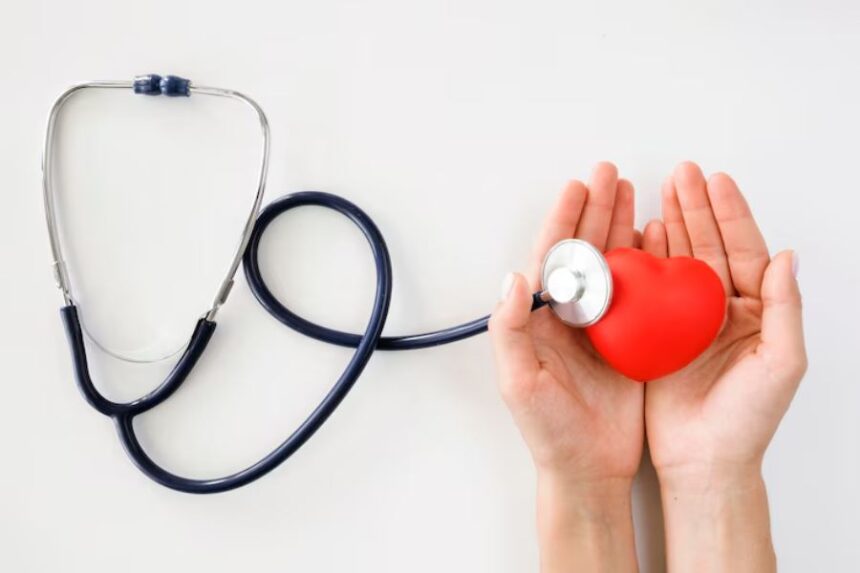In the United States, millions of people live in neighborhoods where healthcare is hard to reach.
- Setting Up Health Hubs Where People Already Gather
- Training Health Leaders Within the Community
- Bringing Fresh Food to Neighborhoods That Need It
- Mobile Clinics Reaching the Unreachable
- Culturally Focused Health Education
- Making Mental Health Care More Accessible
- Supporting Families Through School-Based Services
- Organizing for Change Through Local Advocacy
These health disparities are often tied to where someone lives, how much they earn, or what language they speak. While national policy changes take time, some communities are already acting on their own. They’re finding creative ways to improve health by using local resources and focusing on what their residents need most.
These efforts aren’t led by big hospital systems. They’re often started by teachers, church leaders, nonprofit workers, or neighbors. These community-level solutions are showing real results—and they’re bringing care, trust, and education right to the people who need it.
Setting Up Health Hubs Where People Already Gather
Some neighborhoods are turning everyday places into health centers. Churches, schools, libraries, and even laundromats are being used to offer basic health services. These spaces give residents easier access to flu shots, blood pressure checks, and health advice. They are familiar and trusted, which makes people more likely to show up.
In cities like Baltimore and Fresno, these “health hubs” are staffed by nurses and volunteers. They often work with local clinics to provide referrals. Many offer wellness classes, nutrition tips, or help with signing up for insurance. Because they’re local, they remove a major barrier: transportation. Residents don’t have to travel far or wait months for an appointment.
Training Health Leaders Within the Community
Communities need people who understand local needs and have the skills to solve real problems. That’s why some areas are creating programs to train future health leaders. These include mentorships, internships, and scholarships aimed at local students and workers.
Some of these programs also partner with colleges that offer flexible learning, such as an online graduate certificate in public health. This allows people to keep working while gaining important skills in data, health education, and program design. These new leaders can then return to their communities and create even more change from the inside.
Bringing Fresh Food to Neighborhoods That Need It
Access to healthy food is a major part of health. In food deserts—places without full grocery stores—people often rely on convenience stores or fast food. That leads to poor diets and higher risks of diabetes and heart disease. Some communities are changing that by building local food programs.
In North Carolina and Detroit, mobile markets are delivering fresh fruits and vegetables directly to neighborhoods. Some programs accept SNAP benefits and offer nutrition workshops on site. Others partner with local farmers to keep prices low. These food projects not only improve health but also support the local economy.
Mobile Clinics Reaching the Unreachable
For people without a nearby doctor, mobile clinics offer a solution. These clinics are vans or buses with medical staff and basic equipment. They travel to areas where there are few or no healthcare providers. They usually provide vaccinations, physical exams, and screenings for conditions like high blood pressure and diabetes.
In rural areas of Texas and Appalachia, mobile clinics are helping people manage chronic illnesses without needing to travel hours. These services are free or low-cost and often funded by local health departments or charities. Some even have telehealth setups so patients can talk to a doctor remotely.
Culturally Focused Health Education
Health education doesn’t work if it doesn’t make sense to the people it’s meant for. Some communities are now offering programs in multiple languages and using educators who share the same background as the people they serve. This helps build trust and improves understanding.
In places like Los Angeles and Miami, programs teach about nutrition, prenatal care, and disease prevention in ways that match local cultures. This can mean using stories, visuals, or familiar foods as examples. By respecting language and traditions, these programs close the gap between knowledge and action.
Making Mental Health Care More Accessible
Mental health support is often overlooked in low-income areas. Many people face long wait times, high costs, or a lack of nearby providers. Some communities are responding by offering mental health services in familiar places. These include barbershops, schools, libraries, and places of worship.
Programs in cities like Atlanta and Oakland are training local leaders to recognize signs of stress, depression, and trauma. These leaders then help connect people to counselors or support groups. Some locations also bring in visiting therapists once a week for short sessions. These efforts help reduce stigma and make care easier to reach.
Supporting Families Through School-Based Services
Schools can do more than just teach kids. In many neighborhoods, they’ve become key sites for improving public health. Some schools now offer dental checkups, vision tests, and mental health screenings during the school day.
In New York and New Mexico, school-based health programs are reaching both students and parents. Families can access help with housing, food, and healthcare all in one place. School nurses, counselors, and social workers work as a team to find and fix problems early. This approach not only helps the kids—it helps the entire household.
Organizing for Change Through Local Advocacy
When a policy stands in the way of better health, some communities are taking steps to change it. Residents are forming local groups to speak at city council meetings, push for safer streets, or demand clean air and water. These groups often include public health advocates, parents, and teachers.
In some cases, the changes are small—like getting crosswalks near a school. In others, the goal is bigger, like improving rental housing laws or banning certain pollutants. These efforts often succeed because they come from people who live with the problems every day and know what needs to be fixed.
Health disparities aren’t just a national issue. They show up in everyday life—in how close the nearest clinic is, what food is sold nearby, or whether someone feels safe asking for help. While large systems can be slow to change, communities are proving they don’t have to wait.
Local programs are helping people live healthier lives by listening to what residents need and using the tools already available. From mobile clinics to mental health talks at the barbershop, these efforts are working because they are personal, focused, and built on trust.
As more people get involved—and as more trained professionals, including those with a background in public health, lead the way—these local solutions will continue to grow. And with every step forward, they help close the gap for good.




